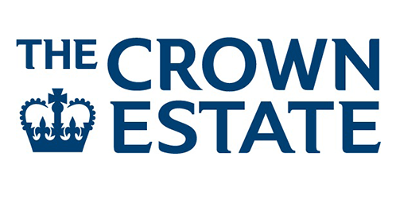Surveying the shipwreck of the SS Fernebo
28/06/2017 | Andrew Gorton
As a volunteer of the RNLI Henry Blogg museum, I was privileged to take part in the survey of the wreck of the SS Fernebo, one of Coxswain Henry Blogg’s most famous rescues. This activity involved several other volunteers from museums around the country. This was to produce an archaeological report for Forgotten Wrecks of World War One and the Coastal and InterTidal Zone Archaeological Network (CITiZAN). On 9th January 1917, the Swedish ship, the SS Fernebo, carrying a cargo of timber, stuck a mine, and broke in half. The weather was terrible, with a 50 mile-an-hour gale and rough seas. One section, with six crewmembers on board, drifted towards the shore. Despite the appalling conditions onlookers on the beach were able to form a human chain and rescue them all.
Henry Blogg and his crew decided to go out to the 11 men stranded on the other half of the wreck. Battling though the rough seas, manning the oars of their boat, the Louisa Heartwell, all 11 men were eventually rescued.

One part of the wreck of the Fernebo can still be found on Cromer beach at very low tide, and this was the object of the survey, which had the aim of producing accurate diagrams and 3D images of the wreck. These would provide a permanent record and a baseline to compare further surveys against, to check for deterioration.
To give context to the survey, there were talks on various aspects of the home front and the east coast. A talk on the minefields was given by Antony Firth of East Coast War Channels. The Germans, at the start of the war, laid thousands of mines off the coast using U-boats. It was one of these mines that sunk the Fernebo. Although the aim was to sink British naval vessels, many cargo and fishing vessels also fell victim to the mine fields. There was also lectures on historical research techniques and the use of the CITiZAN app by Lara, of CITiZAN. Chris of Home Front Legacy also gave a fascinating talk on the First World War Remains to be found in the UK.
The survey itself involved two techniques, scale planning and photogrammetry.

Scale planning involves measuring pieces of the wreckage of the Fernebo using a baseline and offset method to produce a 1:50 scale drawing. The baseline is simply a tape measure laid out along the length of the wreckage. Distances are then measured from the baseline to various points on a piece of wreckage – the offset. The baseline and offset measurements are called out to a person who plots the points on special graph paper, and the sizes and positions of the various pieces of wreckage are thus built up. We practiced this technique with Lara in the Henry Blogg Museum’s education room using everyday objects, before putting the theory into practice on the wreck itself in the afternoon.
There was also a session on photogrammetry by Grant of the Maritime Archaeology Trust. This involved taking several hundred overlapping photographs of the wreck with DLRs and a drone. Another Henry Blogg volunteer and myself photographed one section of the wreck, by holding up a DLR camera on a tripod and repeatedly shuffling to our left and circling around the section and taking shot after shot from various angles to try and build up a 3D picture. Comprehensive aerial shots were also taken by a drone from about 15 feet up. All these photographs were fed into special software by Grant and a highly-detailed 3D computer model was produced of the wreck.
All this information will be made into a report by CITiZAN. I learned a lot on this weekend, and feel proud that I have contributed to an actual archaeological survey. I am definitely thinking of building on this new-found interest.









